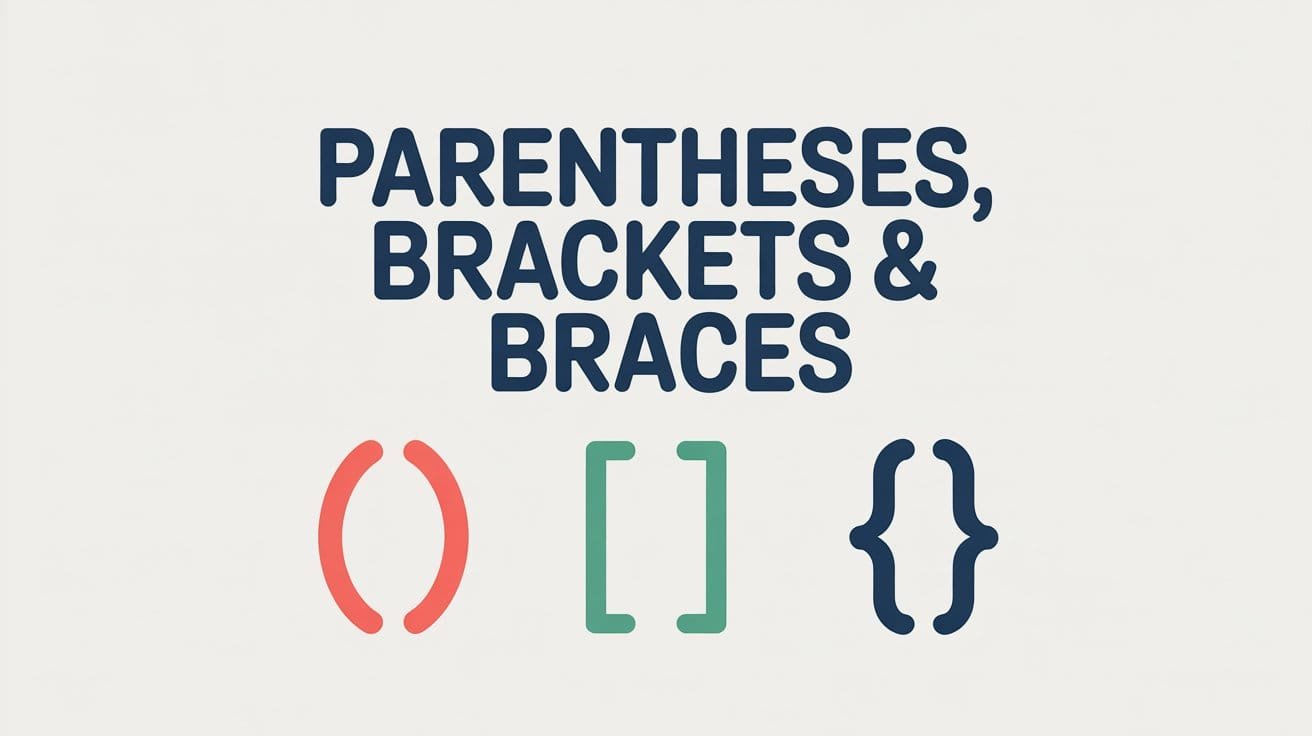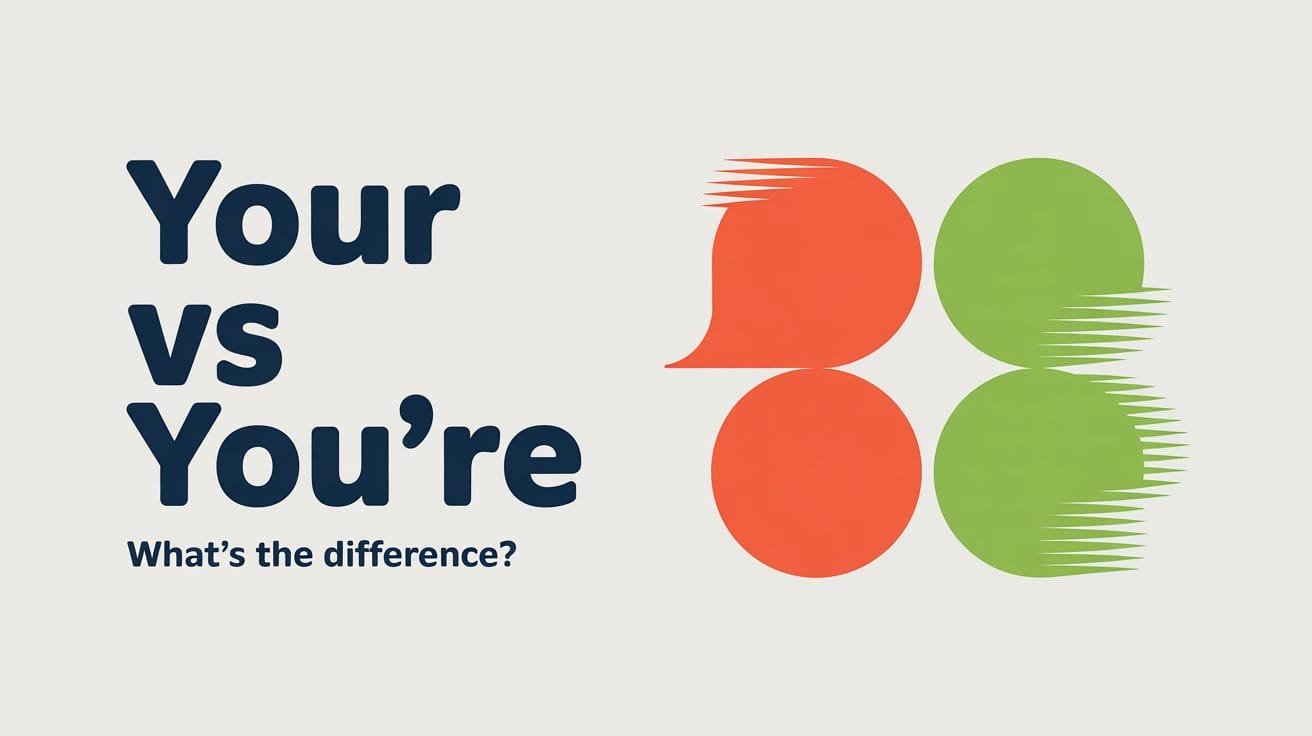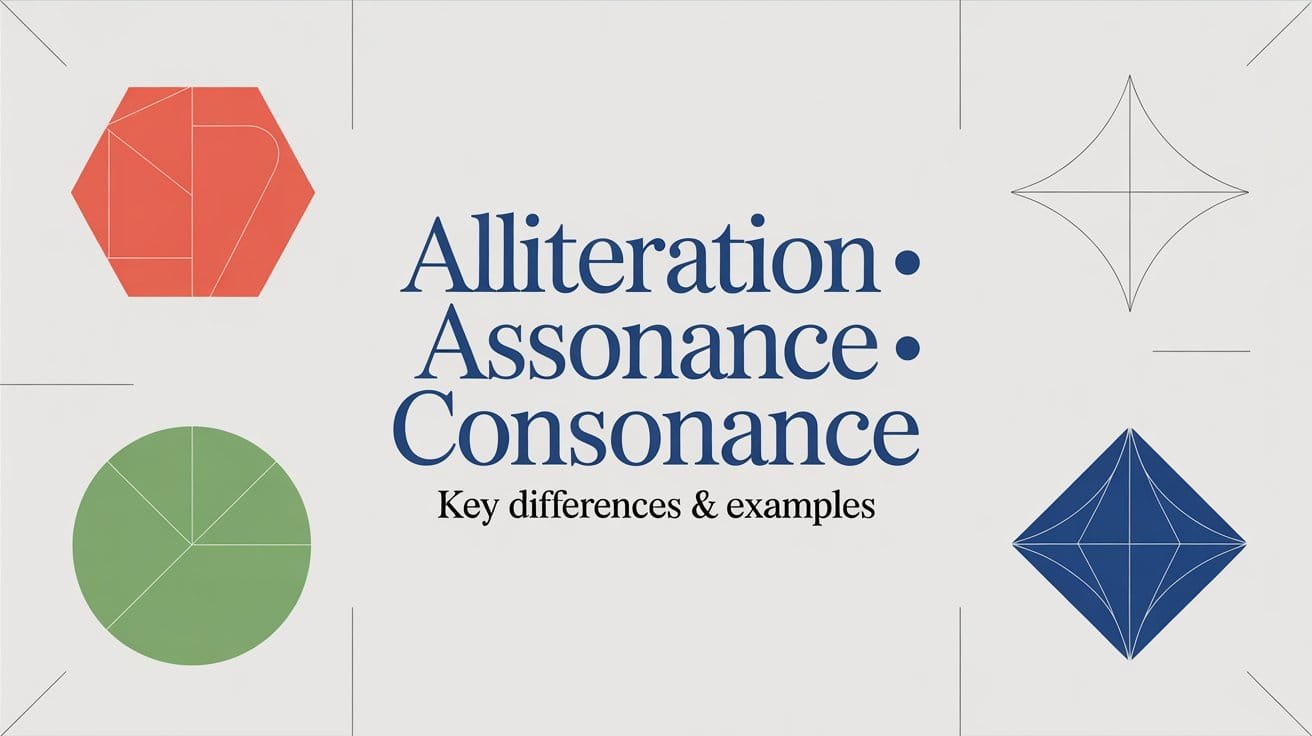Parentheses, brackets, and braces often appear in the same category of punctuation, yet each has a distinct role in shaping meaning and structure. These marks help writers include extra details, clarify information, or organize ideas.
In writing, parentheses ( ) add supplementary details, brackets [ ] insert clarifications or editorial notes, and braces { } group or organize items, especially in technical or mathematical contexts. Learning how and when to use them correctly ensures your sentences stay clear and polished.
What Are Parentheses, Brackets, and Braces? (Meaning and Function)
Parentheses, brackets, and braces are punctuation marks used to add, clarify, or group information in writing. They look similar but serve different purposes depending on context and level of formality.
Parentheses ( )
Parentheses—also called round brackets—are used to insert extra information into a sentence without changing its main meaning. The text inside parentheses is usually supplementary, such as an explanation, example, or date.
Example: The results (published in July) confirmed the team’s prediction.
If you remove the parentheses, the sentence still makes sense, which means the information inside is not essential to understanding the main idea.
Brackets [ ]
Brackets—often called square brackets—are used to add clarifying or explanatory information inside quoted material or within parentheses. They help editors and writers include small notes, corrections, or translations without altering the original text.
Example: “He [the manager] agreed to the proposal.”
Here, the brackets show that the clarification the manager was added by the writer, not by the person being quoted.
Braces { }
Braces— also called curly brackets—are rarely used in everyday writing. They’re mainly found in mathematics, programming, and technical writing to show grouping or relationships between items.
Example:
- The set {x, y, z} represents three possible outcomes.
In general English prose, braces are replaced by parentheses or brackets for smoother readability.
Together, these marks help writers organize and control the flow of information—ensuring details, clarifications, or grouped items stay clear and distinct.
How to Use Parentheses (Round Brackets)
Parentheses are most effective when used to manage the flow of information—to add brief comments, clarifications, or supporting details without breaking the main sentence. They work best when the extra information feels natural and unobtrusive, helping the reader without distracting them.
Adding Nonessential Information
Parentheses allow you to include extra details or clarifications that give the reader helpful context without interrupting the main sentence. The key idea is that the sentence should remain grammatically complete and meaningful even if the text inside the parentheses is removed.
They work best for side information (an example, a location, or a short explanation) that supports the main point but doesn’t need a separate sentence.
Examples:
- The museum (built in 1923) was recently restored to its original design.
- She finally submitted her application (after weeks of revisions).
- The results (especially in the second round) exceeded expectations.
- Our class trip (which was postponed twice) is now scheduled for next month.
Notice that each parenthetical phrase could be removed without breaking the sentence. This keeps the main structure strong while still providing useful background or nuance.
Including Dates, Numbers, or References
Parentheses are also used to add dates, page numbers, or brief references that clarify facts without disrupting the main sentence. This technique helps maintain a smooth flow. The reader gets the detail but doesn’t lose sight of the central idea.
Writers often use parentheses this way when mentioning time periods, source details, or specific figures. It’s especially common in academic, technical, or historical writing, where information needs to be precise yet unobtrusive.
Examples:
- Marie Curie won her second Nobel Prize (in 1911) for her work in chemistry.
- The data in Table 4 (see page 27) supports this conclusion.
- The city’s population increased by nearly 20% (between 2010 and 2020).
- The author argues that climate policy must evolve (Smith, 2023).
Each example shows how parentheses allow supporting information — a year, page number, or reference — to appear within the sentence, rather than forcing a new one.
When using this style, keep the added detail short. Parentheses should clarify, not compete for attention.
Clarifying Acronyms or Terms
Parentheses are often used when introducing an acronym, abbreviation, or short explanation immediately after a term. This keeps the sentence clear and avoids confusing the reader, especially when the term might not be familiar.
You can place the full term first and follow it with the abbreviation in parentheses, or do the reverse when the abbreviation is more common. The goal is to make sure the reader understands both forms before you use the shorter one later in the text.
Examples:
- The organization supports children affected by war through UNICEF (United Nations International Children’s Emergency Fund).
- The new policy was approved by the World Health Organization (WHO).
- The experiment measured levels of carbon dioxide (CO₂) in the atmosphere.
- The Department of Education (DOE) released the updated guidelines last week.
Parentheses, in this way, act like a quick in-sentence reference. They explain once and then step aside. After the first mention, you can use just the abbreviation throughout the rest of the text.
Adding Side Comments or Asides
Parentheses can also be used to include a short personal comment, thought, or aside that adds a conversational touch to writing. This technique lets you include your perspective or a small clarification without interrupting the main point.
Parentheses can make your tone sound natural and human as if you’re speaking directly to the reader. But they should feel subtle, not overused or playful in formal writing.
Examples:
- The proposal was accepted (after several tense meetings).
- I tried calling him last night (no answer, as usual).
- The book was surprisingly engaging (especially the final chapters).
- The train was delayed again (third time this week).
Each parenthetical phrase adds a quiet note—an explanation, emotion, or extra detail—that the writer could have left out but chose to include for context.
Punctuation with Parentheses
Knowing where to place punctuation when using parentheses can be confusing, but it follows a few simple rules. The placement depends on whether the parenthetical phrase is part of a larger sentence or a complete sentence on its own.
When the parentheses appear within a sentence, the period (or other punctuation) goes outside the closing parenthesis because the sentence, not the parenthetical phrase, ends the thought.
Examples:
- The event was postponed (due to heavy rain).
- We decided to stay home (the roads were flooded).
In both cases, the parentheses hold extra information, so the punctuation closes the entire sentence, not the aside.
If the parentheses contain a complete sentence and stand alone, the period stays inside.
Examples:
- I didn’t hear back from her. (She must be busy.)
- The document was updated yesterday. (You can download the latest version.)
Parentheses can also enclose question marks or exclamation points when the emotion or uncertainty belongs to the inserted phrase.
Examples:
- She finally arrived (can you believe it?).
- He passed the test (what a relief!).
When to Avoid Parentheses
Parentheses are helpful for adding subtle details, but overusing them can make writing look cluttered or difficult to read. When every sentence contains an aside or extra note, your main ideas start to lose focus.
You should also avoid parentheses when the inserted information feels too long or too important to hide inside them. In such cases, it’s clearer to use a comma, colon, or separate sentence instead. Parentheses are meant for brief clarifications, not full explanations.
How to Use Brackets (Square Brackets)
Brackets—written as [ ]—are used when you need to add clarification, correction, or context inside another person’s words or within already parenthetical text. They act like a quiet editor’s tool, showing where you’ve added information without changing the speaker’s original meaning.
Brackets often appear in academic, professional, and journalistic writing, where precision matters. They help readers understand quoted material clearly by adding missing details or correcting small grammatical points.
Clarifying or Adding Context in Quotations
When quoting someone, you can use brackets to identify who or what the original speaker meant. This is especially helpful when a quote includes pronouns or vague references that would confuse readers if left unexplained.
Examples:
- “She [the finance director] approved the proposal yesterday.”
- “They [the students] completed the project ahead of schedule.”
- “The company [TechNova] plans to expand into Europe next year.”
Each example adds information that helps readers understand the quote without changing its original intent.
Correcting or Adjusting Grammar in a Quotation
Brackets also allow small grammatical changes to blend a quote smoothly into your own sentence. You might adjust capitalization, verb tense, or pronouns—all while signaling that you’ve made a transparent edit.
Examples:
- The CEO said the plan “[was] designed for long-term growth.”
- The report states that “[t]his policy will affect all departments equally.”
These changes keep your writing grammatically correct while staying true to the source material.
Including Editorial Notes or Reactions
In formal writing, brackets can include short editorial comments or reactions that clarify tone or meaning. A common example is [sic], which shows that a mistake in the original quote was left as is.
Examples:
- “The final version was delivered on time [emphasis added].”
- “He described the issue as ‘a minor problem’ [sic].”
Brackets in this way maintain objectivity while giving necessary context.
Using Brackets Inside Parentheses
When you’re already using parentheses and need to add another layer of information, brackets help separate the inner detail cleanly.
Example: The samples (collected from several sites [including coastal areas]) showed similar results.
This keeps your writing organized and avoids confusion that might occur if you stacked multiple parentheses together.
When to Avoid Brackets
Brackets should never be used to insert your own opinions or interpretations into a quotation—doing so changes the meaning and reduces credibility. They’re for clarity, not commentary. If you find yourself adding too much information in brackets, consider paraphrasing the quote instead.
How to Use Braces (Curly Brackets)
Braces—written as { }—are the least common of the three marks in everyday English writing. You’ll mostly see them in mathematics, programming, and technical documents, where they’re used to group or organize related items. While parentheses and brackets shape meaning in sentences, braces usually structure sets, options, or hierarchical information.
In general writing, braces appear rarely, but understanding their purpose helps you recognize them when they do.
Grouping or Showing Sets
In mathematics and scientific writing, braces represent a set of elements—a collection of items considered as a whole.
Examples:
- The set {2, 4, 6, 8} includes all even numbers under ten.
- The chemical elements {H, He, Li, Be} are the first four in the periodic table.
Braces here visually contain all related elements, showing that they belong together.
Indicating Options or Choices
Braces can also show alternative words, phrases, or values in programming, linguistics, or structured data. They often group items where the writer must choose one option from several.
Examples:
- Choose your format: {PDF, DOCX, TXT}.
- The variable may take one of three values: {yes, no, maybe}.
This usage is common in coding and markup languages, where braces define rules or alternatives within a structured system.
Organizing Complex Information
In rare formal or technical contexts, braces may help organize hierarchical data or show nested relationships. For example, in mathematical proofs or logical notation, they group smaller expressions inside larger ones.
Example:
- { [2 + (3 × 4)] ÷ 5 } = 2.8
Although you won’t use this kind of structure in general writing, it illustrates how braces provide the outermost layer of grouping—beyond parentheses and brackets.
Braces in General Writing
Outside of technical or mathematical writing, braces can feel out of place. In ordinary prose, use parentheses or brackets instead—they’re clearer and more familiar to readers. Braces are primarily functional, not stylistic; they rarely appear in essays, letters, or articles.
Parentheses vs. Brackets vs. Braces (Comparison Guide)
| Purpose | Parentheses ( ) | Brackets [ ] | Braces { } |
|---|---|---|---|
| Adding extra details | She joined the team (after years of training). | — | — |
| Clarifying a quote | — | “He [the supervisor] approved the final design.” | — |
| Grouping items in a set | — | — | {A, B, C} |
| Nested punctuation | (The plan [approved yesterday] begins next week.) | (The plan [approved yesterday] begins next week.) | — |
| Technical or coded use | — | — | function set() { return true; } |
Frequently Asked Questions (FAQs)
What is the difference between parentheses and brackets?
Parentheses ( ) add extra information or comments within a sentence, while brackets [ ] are used inside quotations or parentheses to clarify or add details that were not in the original text. Example:
Parentheses: She visited Paris (her favorite city) last summer.
Brackets: “He [the coach] praised the team’s effort.”
When should I use braces in writing?
Braces { } are used mainly in mathematics, programming, or technical content to group sets or related items. They’re not typically used in everyday writing because parentheses and brackets handle most general purposes. Example: The set {1, 2, 3} represents three elements.
Can I use brackets inside parentheses?
Yes. When you already have parentheses and need to add another layer of information, use brackets to avoid confusion. Example: The data (collected from multiple sites [including the northern region]) showed consistent results.
Should punctuation go inside or outside parentheses?
It depends on how the parentheses are used. If the parentheses are part of a larger sentence, punctuation goes outside. If the entire sentence is inside parentheses, punctuation goes inside.
Are parentheses and brackets interchangeable?
No. While they may look similar, their roles differ. Parentheses add extra information to your own sentence; brackets clarify or correct someone else’s words. Using one in place of the other can change meaning or make writing unclear.



